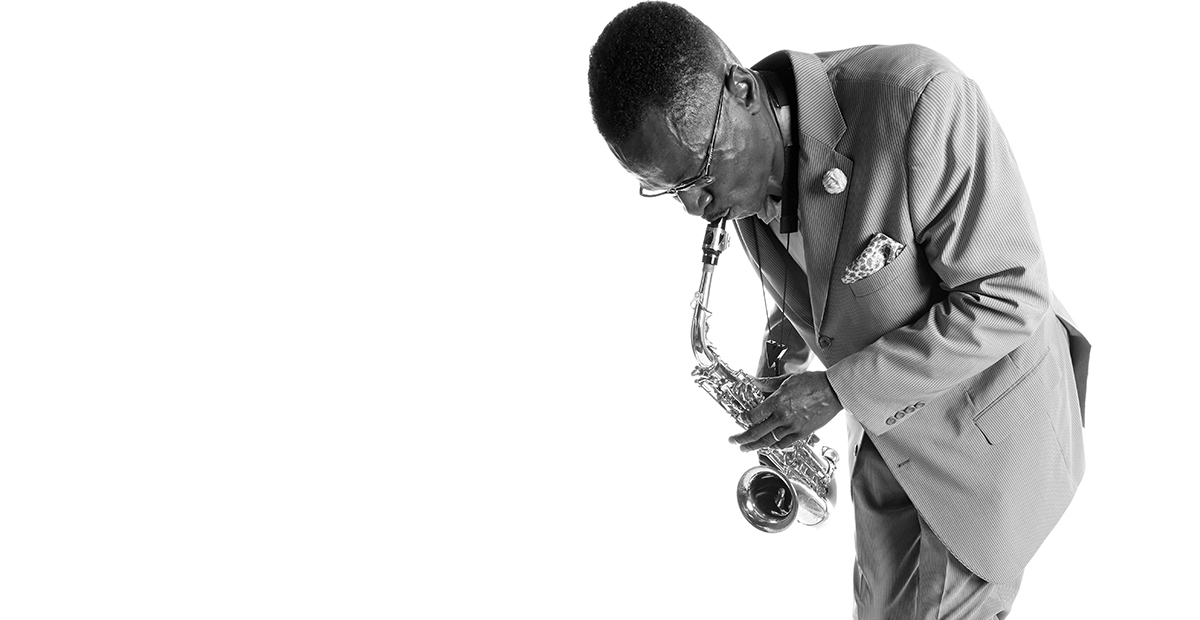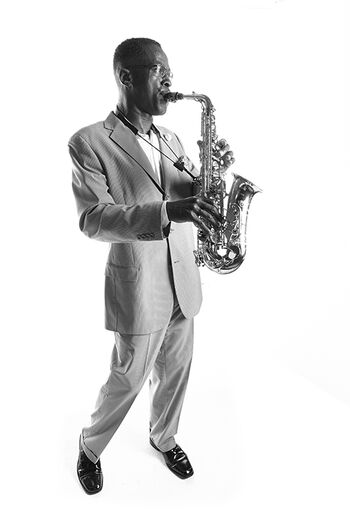The Art of the Lead Alto by Mark Gross
Date Posted: May 04, 2016

Johnny Hodges, Marshall Royal, Benny Carter, Frank Wess, Cannonball Adderley, Lennie Niehaus, Phil Woods, Jerome Richardson, Dick Oatts, Charlie Young, Wes Anderson, Steve Wilson, Brad Leali, Sherman Irby, Andy Farber, Antonio Hart, and others.
The list of great lead alto saxophonist comprises of more than the names I listed. These are some of my favorite lead alto players. In my explaining what makes a great lead alto saxophonist you’ll see why I like these players.
One of the first things that will grab anyone listening to a band is the sound of the band. There are several layers that add to the overall sound of a great band. Since we are talking about lead alto players, I will focus mainly on that.
Sound is so important in leading a section. As a lead player myself, who’s played in numerous big bands, sound is what gives the section it’s identity. All of the players I listed above had their own unique sound. That it what makes us love their playing so much. Sound is a reflection of a proper set up. I use Vandoren products because it works best for me. My mouthpiece is a V16 small chamber, reeds are #2 Red Java, and ligature is a gold plated M|O. I also want to note that this is what works for me. Try to find what works best for you to maximize your sound.
Practicing sound/tonal exercises helps to develop your sound. I would practice long tones and ballads to develop my sound. When you have a great sound you can express yourself better. Expressing yourself gets to the next important point in being a great lead alto player: phrasing.
The lead player stylizes the phrasing of a melody and soli sections. A lead alto player has to be able to capture everything in a melody and play it with confidence that makes it easy for others in the section to follow. You have to be able to make that section sing and swing from the way you phrase the music. There has to be a strong attention to detail in capturing dynamics, breathing, cut offs, attacks, etc. Which brings us to the next important issue, reading.
Lead alto players have to be strong section readers. It’s impossible to lead a section if you don’t know where you are going. Being able to read music and not miss one dot is essential in leading a section. Through years of listening and practicing, a lead alto player should be able to know the right phrasing of a melody from a glance. Recognizing the shape of a musical phrase becomes easy with practicing these phrases like a soloist practices reading chord changes. Repetition is the name of the game. I practice playing dynamics, crescendos, decrescendos, accents, slurs, etc. very intently. All these phrase markings are important to know how to play in order to lead your section.

Listening to the rest of the band is an important aspect of being a great lead alto player. The lead alto player is responsible for the sax section and bringing that section as a whole to the rest of the band. You have to know what the trumpets are doing, what the trombones are doing and what the rhythm section is doing. Knowing how the sax section fits in with the other sections makes it easy to best play your parts. I, personally, always know what the lead trumpet player and the lead trombonist are doing.
In summary these are important factors in being a great lead alto player.
SET UP
Having the best equipment are your starting blocks for everything musical. For me it’s VANDOREN.
SOUND
Having a strong, vibrant sound full of color and character.
READING
Being able to read music with good interpretation of dynamics, accents, etc.
PHRASING
Singing and swinging a melody that makes it feel that you are not simply reading it but you feel it with a lot of emotion and character.
LISTENING
Knowing how to blend within your own section and how to have your sax section blend with the entire band.
Through a good practice regiment, which I will offer my own in my next article, you can develop these skills to become a great lead alto player. There is truly an art to being a great lead alto player like some of the people I mentioned. It has to be given the same focus as anything else we practice. You have to listen to many recordings of big bands. You have to play along with these recordings while making notes of how certain things are played. Finally, you have to afford yourself opportunities to sit under a great lead alto player and hear and see all of these principles in the moment of making music. Go out and hear these big bands that are still around and get to know the lead alto players.
Good luck and until next time, keep practicing and practice slowly, Mark Gross
Mark Gross, selected list as Lead alto and 2nd alto:
Lionel Hampton Big Band (1989-1992), Duke Ellington Orchestra (1993 – present), Tom Harrell Big Band (1999), Charles Mingus Big Band (2004 – present), Vanguard Jazz Orchestra (2005 – present), Frank Foster Loud Minority (2006), Dave Holland Big Band (2000 – 2009), Dizzy Gillespie All Star Big Band (2004 – present), After Midnight Jazz Orchestra (2012 – 2013), Harmonie Ensemble (2013 – 2014)
Subscribe to the We Are Vandoren E-newsletter (WAVE) to receive 4 weekly articles for Performers, Students, and Educators